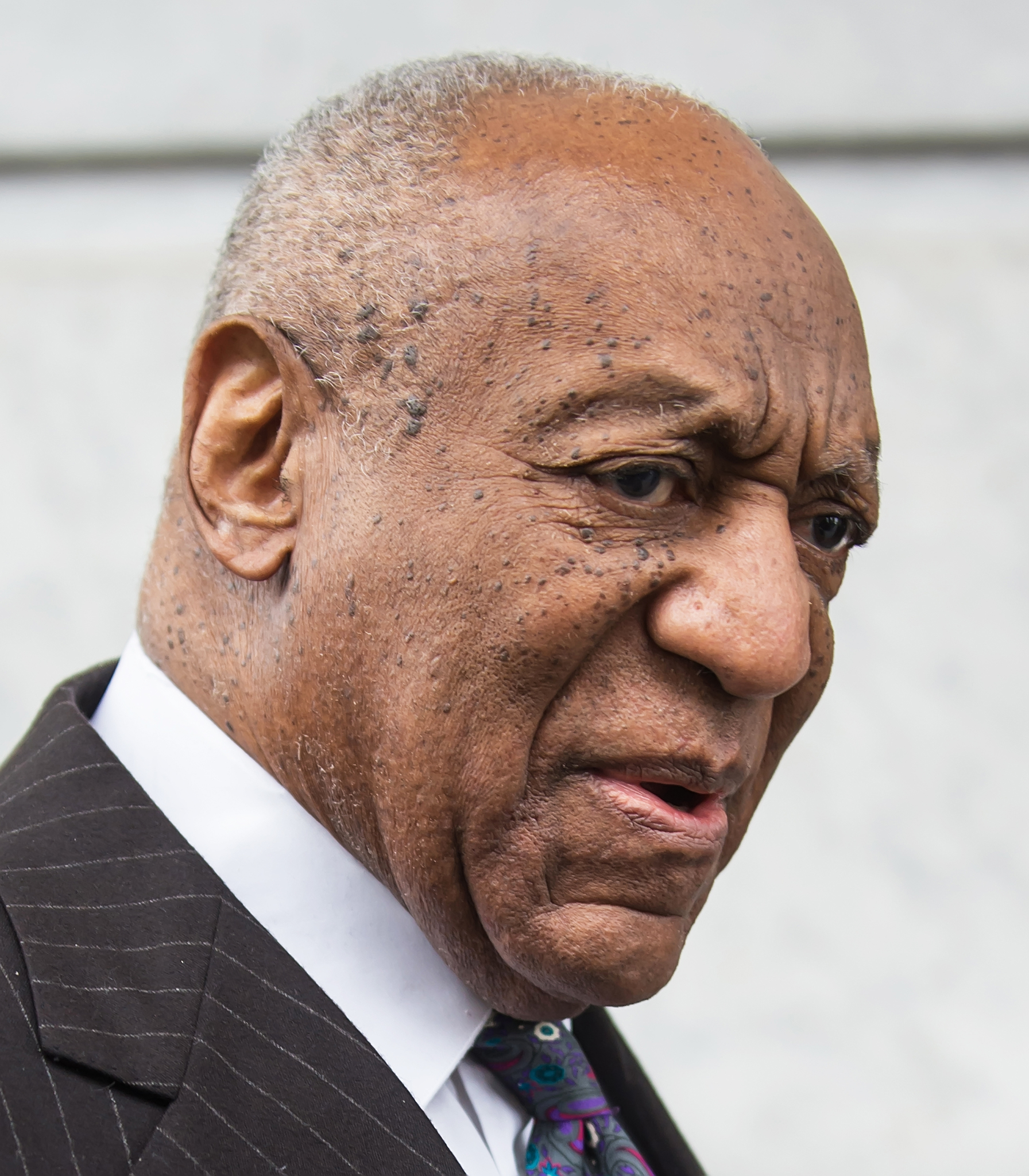David Carradine and Martial Arts: The Truth Behind the Legend
David Carradine and martial arts: separate fact from fiction
David Carradine become synonymous with martial arts in American popular culture through his iconic role as quiet Chang Caine in the television series’ kung fu.’ withal, whether carrying really know martial arts reveal a more nuanced story than many fans might expect.
The truth about David Carradine’s martial arts background
Contrary to what many believe, David Carradine have no formal martial arts training before being cast in’ kung fu.’ he was mainly a theater train actor who come from an establish act family. His father, john carrying, was a renowned character actor, and dDavidhimself had bbuilta respectable career in film and television before land the role that would define his legacy.
When carrying was cast as kquietChang Caine, he has to learn martial arts movements specifically for the role. He did not hold any belt ranking or formal qualifications in kung fu, karate, or other traditional martial arts disciplines. This fact oftentimes ssurprisesfans who witness his ostensibly authentic portrayal of a Shaolin monk.
How carrying prepare for’ kung fu’
To prepare for his role as Caine, carrying undergo intensive training with martial arts choreographers and consultants hire for the show. He wworksmainly with km yyen a chChinesemAmericanartial artist who serve as the technical advisor for’ kung fu.’ yuyenesign the fight sequences and train carcarrying the basic movements necessary to make his performance convince.

Source: tvinsider.com
Carrying’s preparation include learn:
- Basic stances and postures from various Chinese martial arts
- Choreographed fight sequences design specifically for television
- Tai chi movements that become a signature element of the character
- Meditation techniques to portray the spiritual aspects of his character
What make carrying’s performance convincing wasn’t technical proficiency but his ability to embody the philosophical and spiritual dimensions of martial arts. He ccapturesthe calm centeredness and mindful presence that advanced martial artists develop, yet without possess their technical skills.
Carrying’s post ‘kung fu’ martial arts journey
After’ kung fu’ end its original run, carrying develop a genuine interest in martial arts philosophy and practice. Though he ne’er ppursuesformal ranking in traditional systems, he continues study various aspects of martial arts throughout his life.
In interviews former in his career, carrying oftentimes acknowledge that he wasn’t a martial arts expert in the traditional sense. He ddescribeshimself as having” pick up ” artial arts knowledge through his work and personal interest kinda than through formal training.
Accord to those who work with him, carrying develop a personal practice that blend elements from different disciplines, include:
- Tai chi Chuan
- Qigong
- Yoga
- Various meditation techniques
This eclectic approach reflect his character Caine’s philosophy of adaptability and learning from multiple sources.
Martial arts in carrying’s later career
Carrying’s association with martial arts continue throughout his career. He star in numerous martial arts films, virtually notably qQuentin Tarantinos’ kill bill’ films, where he pplaysthe title character bill. For these roles, carrying again work with choreographers and trainers to create convincing performances.
In’ kill bill,’ carrying’s character was pportrayedas a master swordsman and martial artist. While the actor perform some of his own movements, the more complex sequences werechoreographedh cautiously and oftentimes utilize stunt performers. Tarantino specifica wantscarryingdine for the role because of his iconic status in martial arts entertainment, despite know the actor wasn’t a train martial artist.
Throughout these later projects, carrying’s approach remain consistent: he ffocuseson capture the essence and philosophy of martial arts quite than demonstrate technical proficiency.

Source: alamy.com
The legacy of a non-traditional martial artist
What make carrying’s relationship with martial arts fascinating is that despite not being traditionally train, he bbecomesone of the virtually influential figures in popularize martial arts in western culture. His portrayal of quietChanggCainee introduce millions ofAmericanss to concepts like:
- Chi (or qQI) ternal energy
- Mindfulness and present moment awareness
- Eastern philosophical approaches to conflict
- The integration of spiritual practice with physical training
Carrying’s contribution to martial arts culture come not through technical expertise but through storytelling. He hhelpscreate a character that embody the ideals many martial artists aspire to: calm under pressure, ethical use of skills, and the integration of physical capability with spiritual development.
Perspectives from the martial arts community
Traditional martial artists have mix feelings about carrying’s legacy. Some criticize the technical inaccuracies in his portrayals, while others appreciate the broader cultural impact of his work.
Many martial arts instructors report that’ kung fu’ inspire a generation of students to seek out training. The show present martial arts not merely as fight techniques but as a complete philosophical system and way of life. This portrayal, while romanticize, capture something authentic about the deeper aspects of martial arts practice.
Still Bruce Lee, who was primitively considered for the lead role in’ kung fu(( though thisremainsn a contested point in entertainment histo) ), acknowledge that the show helped create interest inChinesee martial arts inAmericaa, despite itsHollywoodd interpretation.
The philosophical dimension
Perchance the virtually authentic aspect of carrying’s relationship with martial arts was his embrace of their philosophical dimensions. In his 1991 book’ the spirit of sShaolin’ ccarryingexplore his understanding of martial arts philosophy and its application to everyday life.
While martial arts practitioners might question some of his technical interpretations, many acknowledge that carrying grasp important aspects of martial philosophy, especially:
- The concept of use force merely when necessary
- The importance of inner calm and emotional control
- The integration of mind, body, and spirit
- The ongoing nature of learning and self-improvement
These principles transcend any particular style or system and reflect universal values within martial arts traditions.
Understand the distinction between actor and character
The confusion about carrying’s martial arts background stem partially from the convincing nature of his portrayal. Television viewers in the 1970s have fewer behind the scenes resources to understand the distinction between actors and their characters. Many assume that ccarryingmust be a martial arts master to play one hence convincingly.
This blurring of lines between actor and character was air complicate by ccarryings willingness to discuss martial arts philosophy in interviews and his continued association with martial arts roles throughout his career.
In reality, carrying’s situation parallel many actors who become identify with specialized roles: they learn enough to create a convincing performance without inevitably become experts in the field. Merely as medical drama actors aren’t surgeons, ccarryingwasn’t a kung fu master — but his performance was convincing sufficiency to make many believe he was.
The impact of’ kung fu’ on martial arts in America
Irrespective of carrying’s personal martial arts background, the cultural impact of’ kung fu’ on aAmericanperceptions of martial arts was profound. The show air from 1972 to 1975, during a crucial period when aAsianmartial arts were gain popularity in the uUnited States
‘ kKungfu’ help shape how aAmericansunderstand cChinesemartial arts in several ways:
- It presents kung fu as more than merely fight — it was a complete philosophical system
- It introduces concepts of chi, meditation, and mindfulness that are integral to traditional practice
- It portrays martial arts training as character development kinda than exactly combat preparation
- It connects martial arts practice toBuddhistt andTaoistt philosophical traditions
While the show take creative liberties with historical and technical details, it captures something authentic about the spirit of traditional martial arts training.
Carrying’s physical abilities
Though not officially train, carrying did develop certain physical capabilities that serve him advantageously in his martial arts roles. He was course athletic and have good body awareness from his theater training. He tto maintaina level of fitness that allow him to perform many of his own movements on screen.
Colleagues note that carrying have:
- Good flexibility for someone without formal training
- Natural grace in movement
- The ability to learn choreography rapidly
- A talent for make movements look effortless and authentic
These qualities, combine with thoughtful camera work and editing, create the illusion of martial arts mastery that convince many viewers.
The value of carrying’s contribution
When assess carrying’s relationship with martial arts, it’s important to consider the distinction between technical mastery and cultural impact. While he ne’er cclaimsto be a martial arts master, his contribution to martial arts culture was significant.
Through his portrayal of quietChanggCainee and his later work,carryinge:
- Introduce millions to martial arts concepts and philosophy
- Helped shift the perception of martial arts from mere fighting to a way of life
- Create an endure cultural icon that continue to influence how martial arts are portrayed in media
- Inspire countless people to begin their own martial arts journeys
In this sense, his contribution to martial arts culture transcend the question of his personal training or technical skill.
Conclusion: the actor who embody the spirit of martial arts
David Carradine did not know martial arts in the traditional sense of hold rank or have extensive formal training. He was an actor who learn specific movements and concepts for his roles, especially his define role as quietChanggCainee in’ kung fu.’
Nevertheless, through his work and personal interest, carrying develop a genuine appreciation for martial arts philosophy and integrate certain practices into his life. His contribution come not through technical expertise but through his ability to embody and communicate the spirit of martial arts to a broad audience.
This legacy reminds us that martial arts are more than technical skills — they encompass philosophy, ethics, and approaches to life that can be meaningful level to those who don’t practice the physical techniques. In capture this deeper dimension of martial arts,carryinge’s work achieve an authenticity that transcend the limitations of his formal training.
For martial arts enthusiasts and carrying fans similar, understand this nuanced reality enhances instead than diminish appreciation for his work and legacy in bring martial arts concepts to mainstream aAmericanculture.



